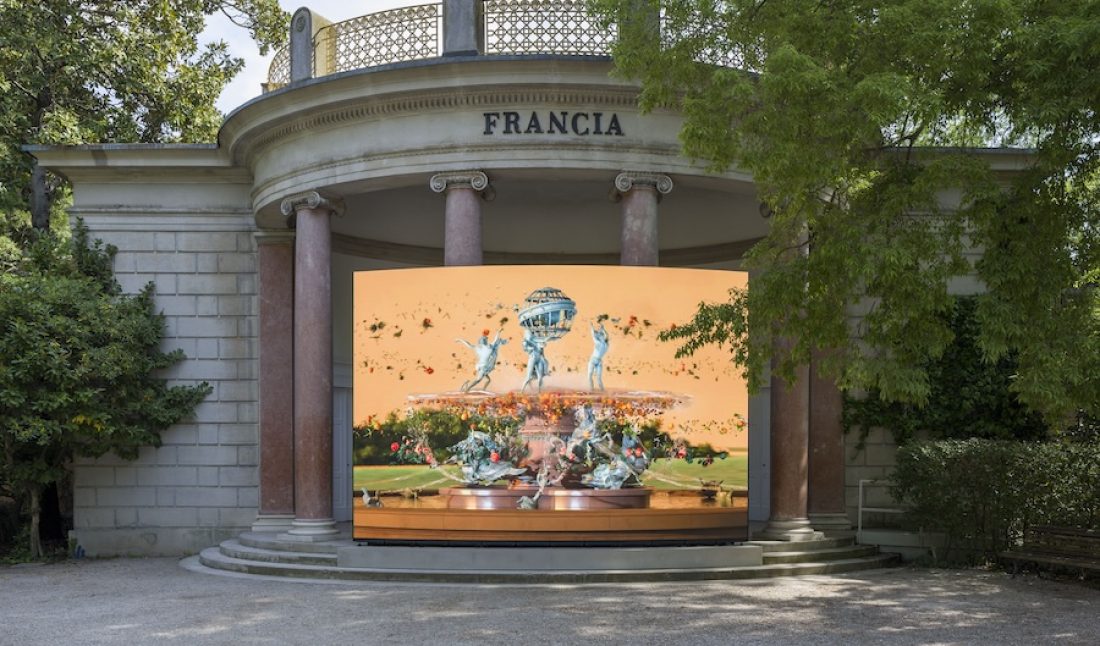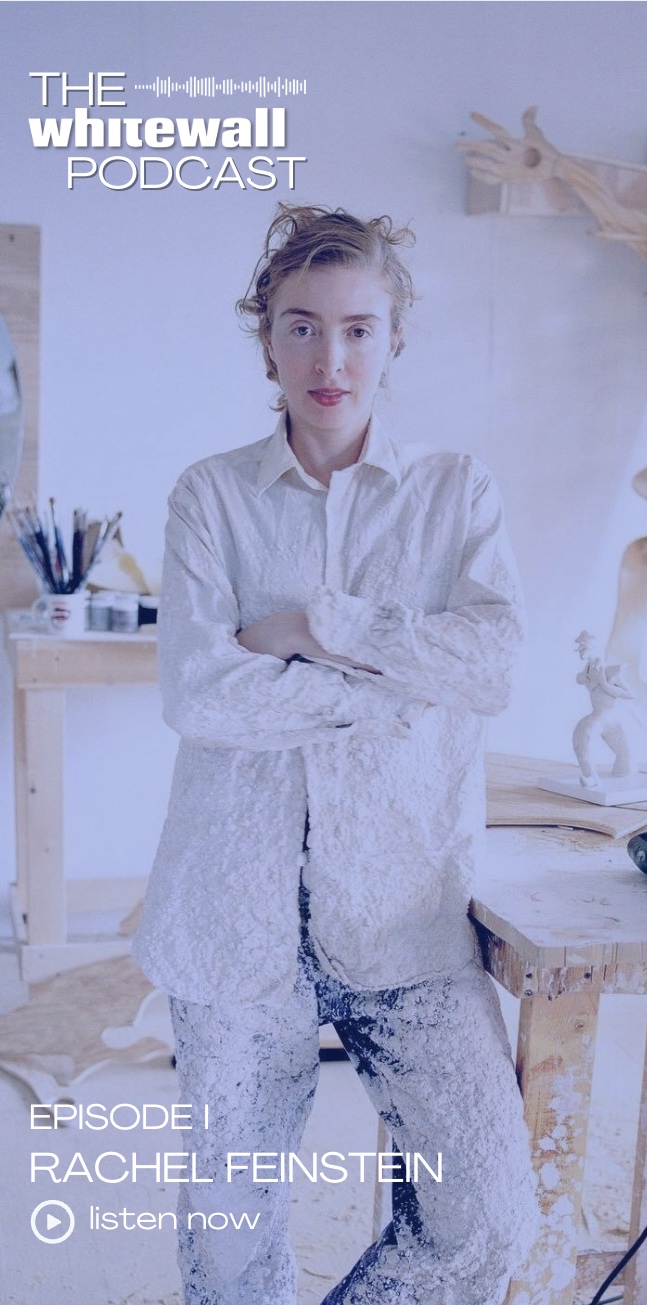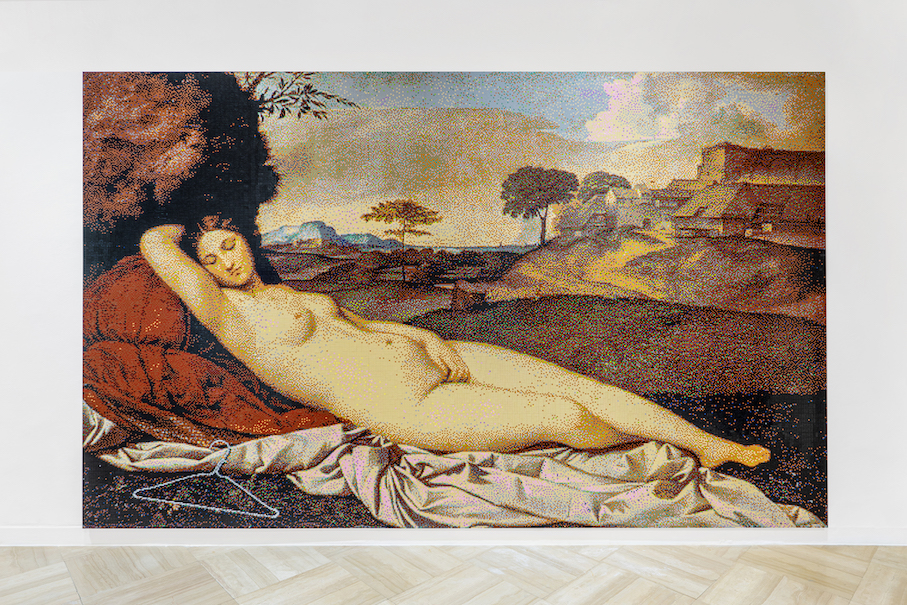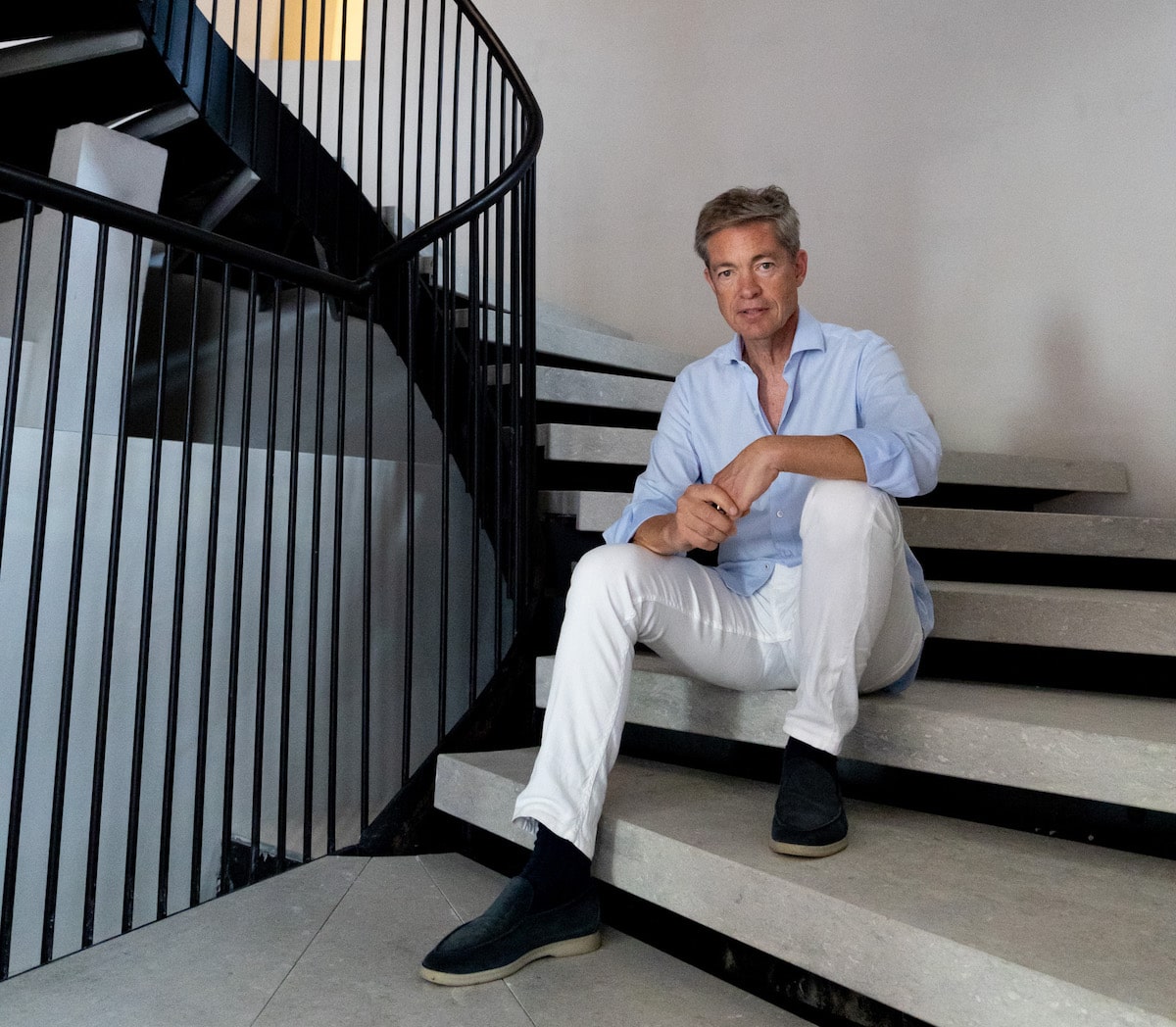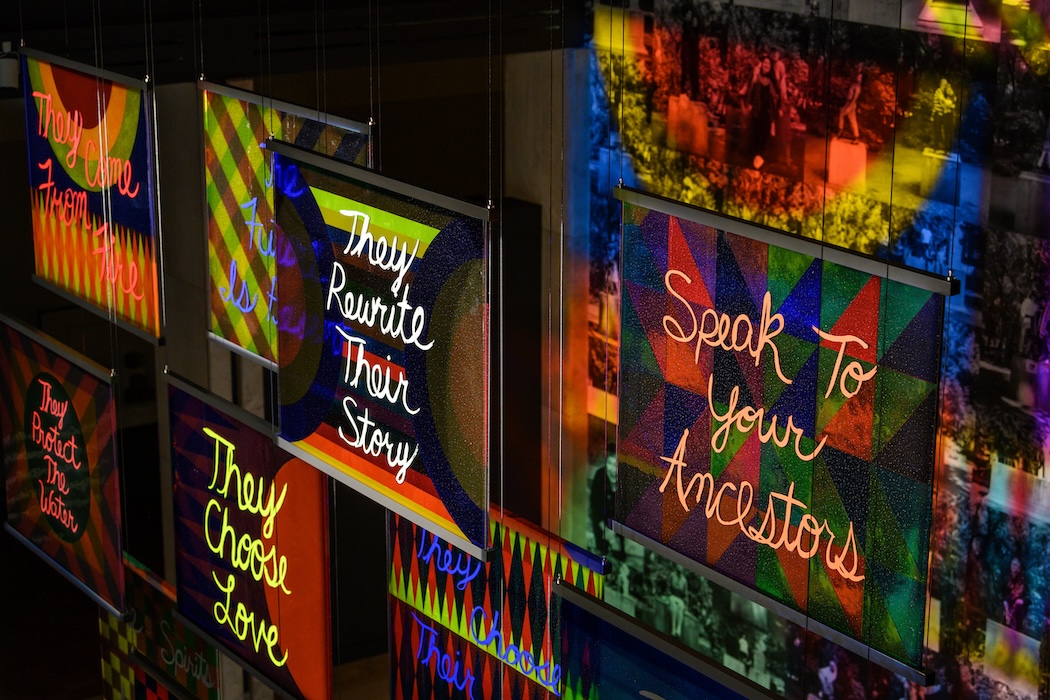As we continue to celebrate the Best of Venice Pavilions, as part of the 60th Venice Biennale, Whitewall brings you front and center into immersive exhibitions by award-winning artists including Julien Creuzet, Jean Michel Dissake, Alia Al Farsi, Moffat Takadiwa, and more.
Julien Creuzet at the France Pavilion
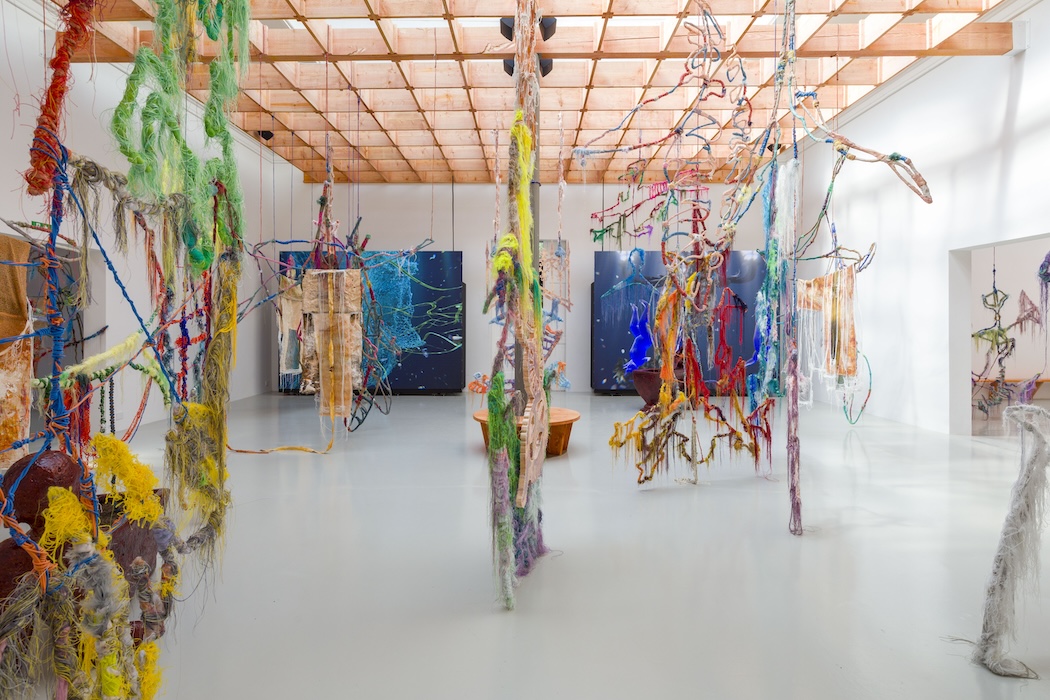 Pavilion of France, Julien Creuzet in Biennale Arte 2024, Venice, Italy on April 14, 2024, © Jacopo La Forgia.
Pavilion of France, Julien Creuzet in Biennale Arte 2024, Venice, Italy on April 14, 2024, © Jacopo La Forgia.
Multidisciplinary artist Julien Creuzet naturally invokes the Biennale’s dynamic theme of “Foreigners Everywhere” with an effervescent practice centered on migrations and marginality through the vibrant lens of contemporary art. Co-curated by Céline Kopp, Director of Magasin, the National Centre for Contemporary Art in Grenoble, and Cindy Sissokho, curator, cultural producer, and writer, the deeply engaging installation sparks a conversation between the founding myths of composite societies. The 2021 Marcel Duchamp Prize winner unites themes of water with the shifting of beliefs, structures, and humanity itself, for a prismatic and avant-garde investigation. The vivid and diverse landscapes of the Caribbean, Latin America, West Africa, are reflected into those of the European continent and Venice, culminating in a surreal, organic, and tactile perspective on the earthly cradles of the human race.
“Nemo propheta in patria” at the Cameroon Pavilion
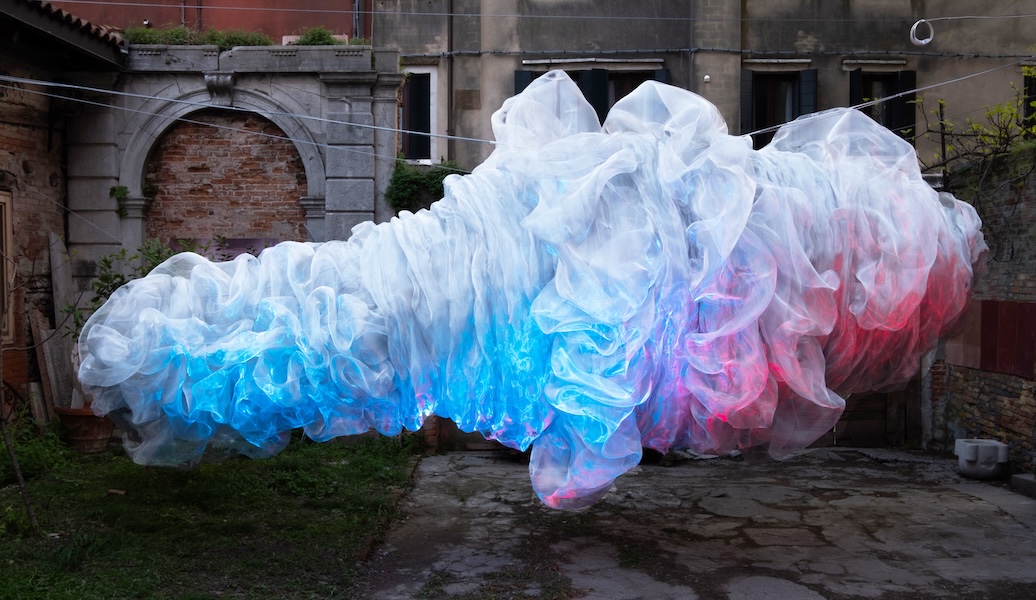 “Nemo propheta in patria” at the Cameroon Pavilion, Julia Bornefeld, “Metamorphic stream, ” 2024, 260 x 260 x 580 cm, installation sound by Thomas Meyer, Courtesy of Artantide Gallery.
“Nemo propheta in patria” at the Cameroon Pavilion, Julia Bornefeld, “Metamorphic stream, ” 2024, 260 x 260 x 580 cm, installation sound by Thomas Meyer, Courtesy of Artantide Gallery.
The captivating Cameroon Pavilion brings together five Cameroonian artists as well as eight global creatives from Italy, Germany, the Netherlands, France, Colombia, and China. Curated by Sandro Orlandi Stagl and Paul Emmanuel Loga Mahop, and commissioned by Serge Achille Ndouma, the lush presentation ushers in a new era of environmental awareness as the inaugural Pavilion to produce a carbon net zero exhibition. Local visionaries Jean Michel Dissake, Hako Hankson, Kendji & Ollo Arts, Patrick-Joël Tatcheda Yonkeu, and Guy Wouete, joined forces with international artists Angelo Accardi, Julia Bornefeld, Cesare Catania, Adélaïde Laurent-Bellue, Franco Mazzucchelli, Rex and Edna Volcan, Giorgio Tentolini, and Liu Youju to create a stirring show of color, texture, and form, summoning the Latin saying “Nemo propheta in patria” (No one is a prophet in their land). Speaking to the rarity of rejoicing in prestige in one’s own homeland, as well as to the feeling of being a stranger in one’s birthplace, the “pavilion of wonders” honors the brave figures who stay true to their principles and consider the whole of the world their beloved refuge.
“Malath-Haven” at the Oman Pavilion
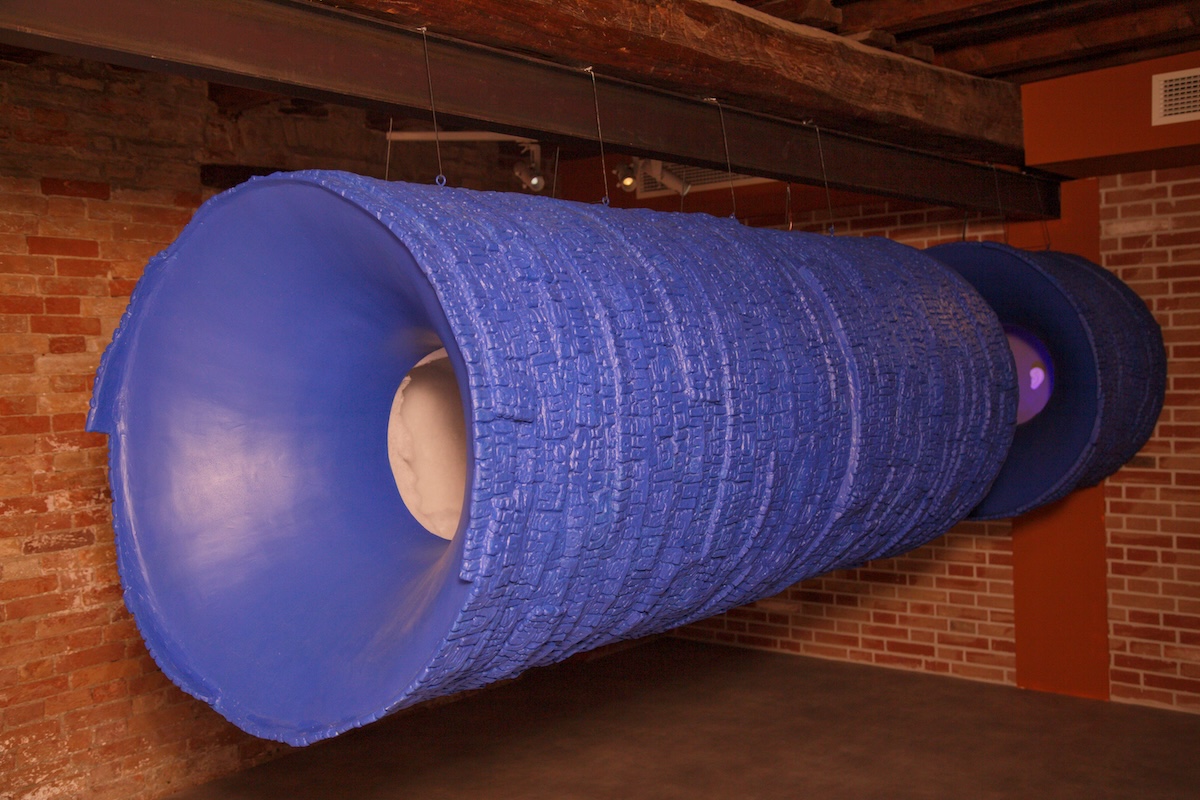 “Madad” by Essa al Mufarji, photo by Asim Al Balushi, courtesy of National Pavilion of the Sultanate of Oman, Venice Biennale.
“Madad” by Essa al Mufarji, photo by Asim Al Balushi, courtesy of National Pavilion of the Sultanate of Oman, Venice Biennale.
Skillful artists Alia Al Farsi, Ali Al Jabri, Essa Al Mufarji, Sarah Al Olaqi, and Adham Al Farsi embrace their multicultural backgrounds and uplift Oman’s sonorous heritage with the comprehensive exhibition “Malath-Haven.” Curated by Alia Al Farsi, the show calls forth the central notion of “Malath,” meaning harbor in Arabic, and immerses guests in an imaginative voyage which pays homage to Oman’s legacy of providing sanctuary to international refugees. Through a myriad of artistic mediums, the fundamentals of food, language, attire, architecture, and arts are metaphorically depicted utilizing locally-sourced materials. Thus a nuanced exploration of “home” unfolds, reflecting on stories of comfort and egalitarianism.
“Undone” at the Zimbabwe Pavilion
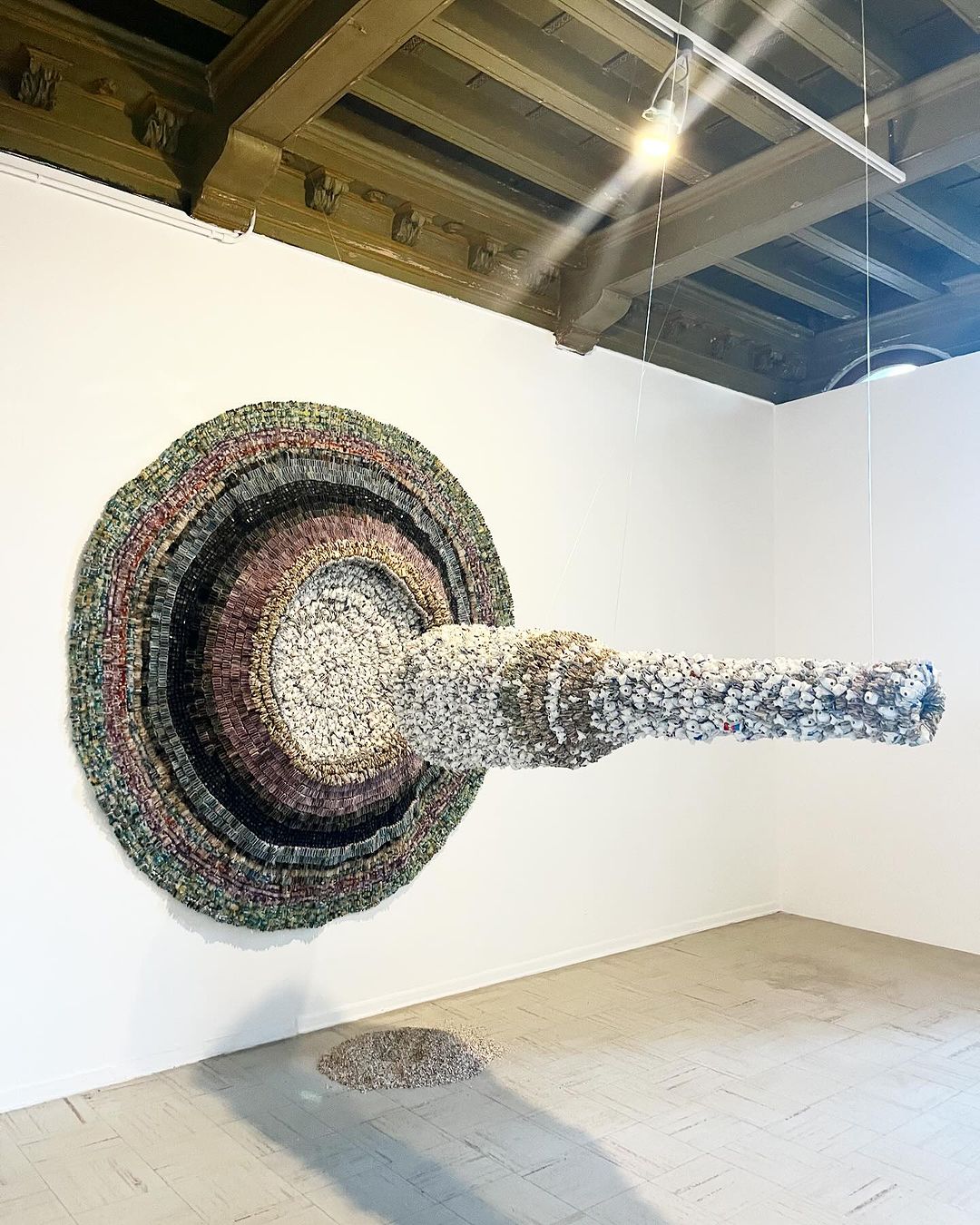 “Undone” at the Zimbabwe Pavilion of the 60th Venice Biennale; Moffat Takadiwa, “Dudu Muduri,” 2024, Mixed Media, courtesy of the artist.
“Undone” at the Zimbabwe Pavilion of the 60th Venice Biennale; Moffat Takadiwa, “Dudu Muduri,” 2024, Mixed Media, courtesy of the artist.
Curated by Fadzai V. Muchemwa, and commissioned by Raphael Chikukwa, the Zimbabwe Pavilion shines light on six nimble artists: Moffat Takadiwa, Sekai Machache, Troy Makaza, Kombo Chapfika, Gillian Rosselli, and Victor Nyakauru. A parade of creative disciplines and forward-thinking practices illuminate the multi-dimensional Zimbabwean experience. Rosselli utilizes paint on boards and canvases, along with vibrant principles of collage, while Chapfika embraces augmented reality adjoining photography, videography, painting, and illustrations. Takadiwa breathes fresh life into non-biodegradable objects such as buttons, buckles, and toothpaste tubes to produce sweeping and soulful works of art, and Machache brings a performative aspect to her video and photography creations with Baroque period vitality.
“The exhibition is our thinking about reimagining a potential future,” said Muchemwa. “It harkens to being unfaithful to imposed ideas of time, geography, space, identity, nationhood, humanity, migration, and the suppleness of the ever-changing landscape of what we call home. As we stand on the cusp of centuries-old impact of human action, this exhibition is our space for reflection, building what does not exist yet and looking towards a new horizon. We hope to build constructs around invented cartography and pay homage to historical figures, fuel discussion and interrogate the state of the world, make historical information often lost or displaced physically present and present it in new thought-provoking ways and rethinking the global politics of aesthetics and epistemology.”
Wan Acel | Tuli Bamu | Turibamwe | We Are One at the Uganda Pavilion
31 intergenerational artists present a vivacious exchange in “Wan Acel | Tuli Bamu | Turibamwe | We Are One,” delving into their diverse frameworks of creative production and challenging traditional hierarchies of artistic expression. The exhibition‘s evocative title imparts the majestic languages of Africa and the physical and emotional transcendence of the pioneering artists: Sanaa Gateja, Jose Hendo, Taga Nuwagaba, Xenson Ssenkaaba, and Odur Ronald. Shared memories ebb and flow throughout the displayed artworks, unveiling a decadent feast for the senses by way of multicolored materials and masterly craftsmanship. The show offers sensitive questions like “How are you?” beside gracious designs by the Artisan Weavers Collective. Library of Weaving (LOW) reveals hypnotic patterns and forms in mats and basketry. Versatile creations of bamboo, upcycled wedding gowns, watercolors, barkcloth, rubber, and more engage visitors in an experiential and welcoming spectacle of human connection and compassion.
Iva Lulashi at the Albania Pavilion: “Love as a Glass of Water”
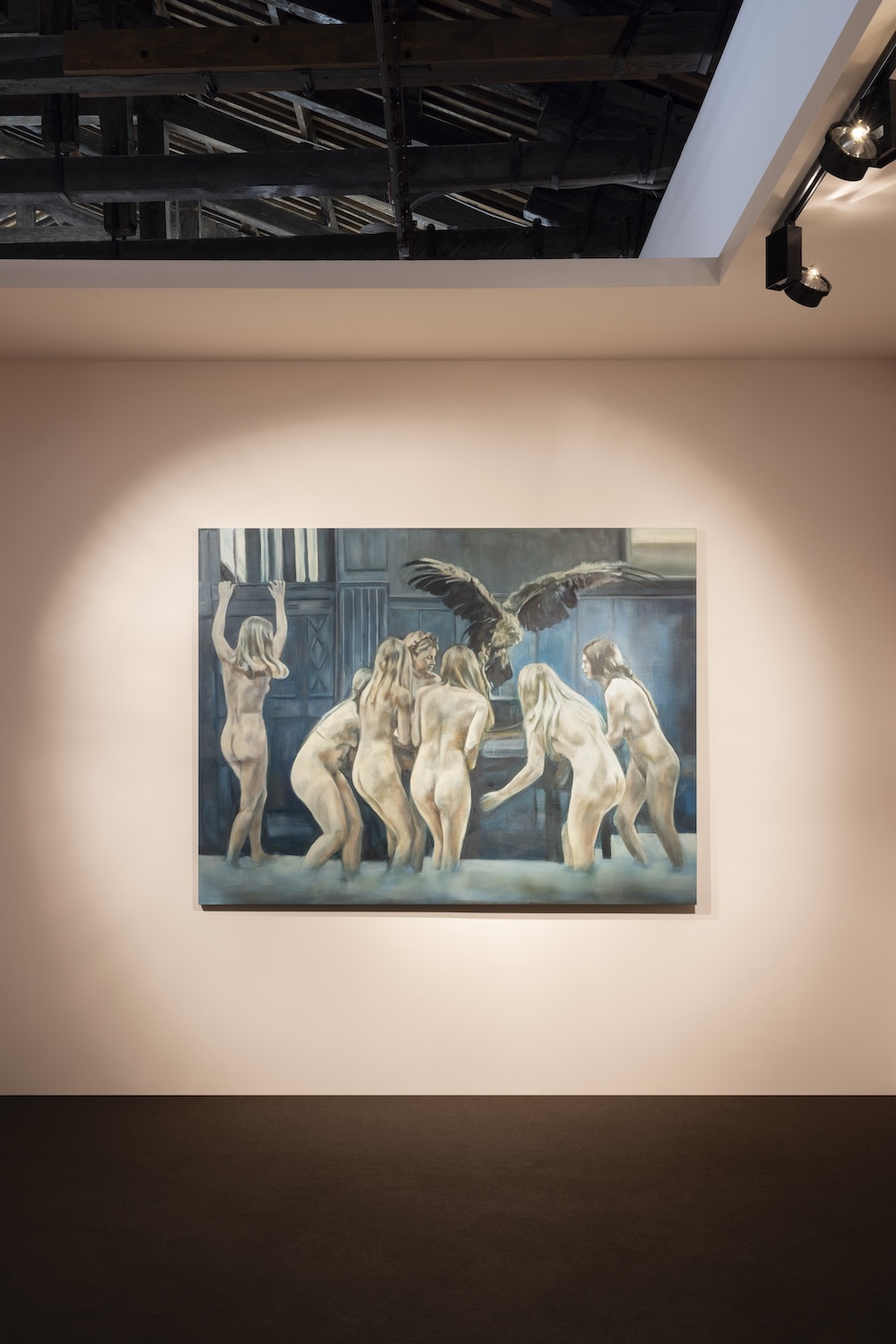 Installation view of Iva Lulashi at the Albania Pavilion of the 60th Venice Biennale, “Love as a Glass of Water” © Andrea Rossetti.
Installation view of Iva Lulashi at the Albania Pavilion of the 60th Venice Biennale, “Love as a Glass of Water” © Andrea Rossetti.
Curated by Antonio Grulli, and commissioned by Blendi Gonxhja, Minister of Economy, Culture and Innovation, “Love as a Glass of Water” unfolds as a rapturous exhibition by artist Iva Lulashi at the Albania Pavilion. The radiant show is inspired by the “theory of the glass of water,” an historic concept associated with groundbreaking feminist Alexandra Kollontai (St. Petersburg, 1872 – Moscow, 1952), which regards sexual revolution as fluidly elemental to human existence as the pure ease and elation of quenching one’s thirst with a glass of water. Grounded in its perspective of love and desire as a basic human condition, the metaphor has been traditionally seen as hostile in political institutions and even in the global art landscape. Lulashi here raises up these themes, often through a feminine lens, showing visceral paintings mainly derived from film and video stills. In intimate before and after moments, female figures move in abstract and honest realms of lust, anxiety, anticipation, and liberation.







